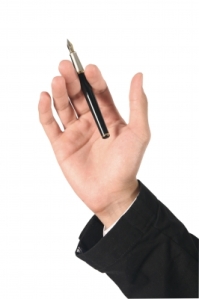 If you think my title is an exaggeration, think again. Here are two real-life examples I witnessed recently:
If you think my title is an exaggeration, think again. Here are two real-life examples I witnessed recently:
We help British Columbian’s.
Hope its your bird.
The apostrophe must be the most abused piece of punctuation so I’m going to devote two posts to it. In this post we’ll talk about plurals and its versus it’s.
Plurals
We can be very quick: to make something plural, you never use an apostrophe and s—not even if it’s a proper noun (that is, a name).
Here are some examples:
British Columbians (as in ‘we help British Columbians’)
Josiahs (as in ‘there are three Josiahs in our church’)
the Kievits (as in ‘the Kievits are late again’)
The words that tend to trip people up are ones ending in the letter o. Do you know the plurals of these?
tomato
rodeo
potato
photo
tuxedo
zero
hero
portfolio
Here are the answers: tomatoes, rodeos, potatoes, photos, tuxedos/tuxedoes, zeros/zeroes, heroes, portfolios.
The general rule is that if there’s a vowel before the o, add -s. Otherwise, it’s usually safe to add -es. But, of course, there are plenty of exceptions, so check a dictionary to be sure.
But whatever you do, don’t ever add an apostrophe and s to make a word plural. You can’t eat tomato’s or upload photo’s.
Its or it’s
This is doubtlessly the most confused pair of words in the English language.
Just remember this simple rule: if you can replace the word with it is or it has, use it’s; otherwise use its.
It’s a nice day. (It is a nice day.)
Its feathers are white.
It’s been ages since we last talked. (It has been ages since we last talked.)
Do you know its owner?
Next time we’ll continue this discussion by looking at possessives.
In the meantime, watch your apostrophes. We don’t want to see another apostrophe catastrophe!
Image at top courtesy of sottchan.

